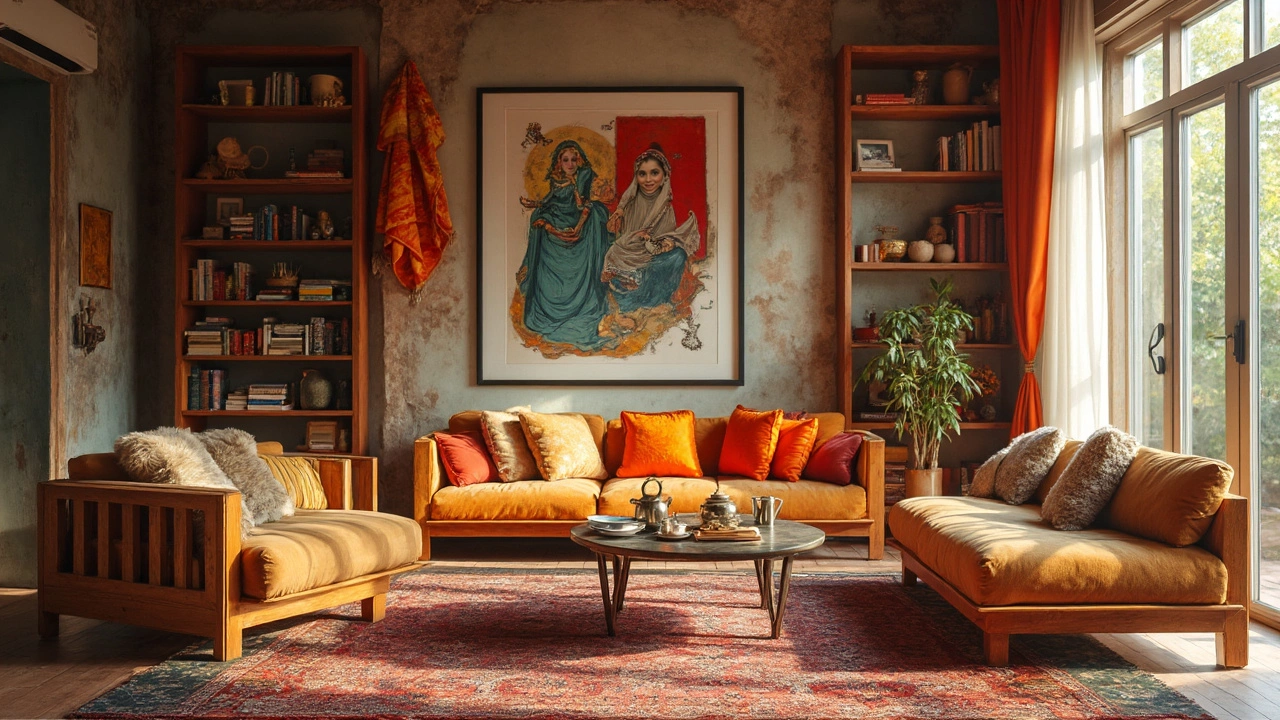Furniture Materials India: Types, Trends, and Sustainable Choices
When talking about Furniture Materials India, the diverse raw inputs that shape Indian furniture production. Also known as Indian furniture inputs, it covers everything from locally sourced timber to modern composites. Understanding these materials helps makers balance cost, durability, and style.
One major component is Sustainable Wood, renewable timber like teak, sheesham, and mango wood that’s harvested responsibly. Sustainable wood influences durability, aesthetic appeal, and the environmental footprint of each piece. Furniture Materials India also rely heavily on Metal Frames, steel or aluminium structures that provide strength and flexibility. Metal frames require welding or bending processes that are common in Indian factories, and they enable sleek, modern designs. The third pillar is Upholstery Fabrics, textiles such as cotton, linen, and synthetic blends used for sofas, chairs, and cushions. These fabrics dictate comfort, stain resistance, and market appeal, especially as consumers look for easy‑care options.
Beyond these core inputs, Indian manufacturers are experimenting with plastic composites, bamboo laminates, and recycled leather. Plastic composites offer light weight and moisture resistance, making them popular for outdoor sets. Bamboo laminates blend natural look with high tensile strength, while recycled leather meets the growing demand for eco‑friendly luxury. These material choices are shaped by supply‑chain realities, regional availability, and evolving consumer preferences.
In practice, selecting the right material means weighing several attributes: cost per kilogram, sourcing distance, environmental impact, and end‑of‑life recyclability. For example, a mid‑range store‑room cabinet may opt for sheesham wood for its strength and relatively low price, while a premium lounge chair could combine a metal frame with high‑grade upholstery fabric for a balance of modern aesthetics and comfort. Understanding how each material interacts with design intent and manufacturing process is key to staying competitive.
Indian furniture trends now lean toward hybrid designs—metal‑wood combos, fabric‑wrapped metal, and eco‑friendly finishes. This shift reflects a broader push for sustainability and durability, driven by both domestic buyers and export markets. As factories adopt CNC cutting for wood, laser welding for metal, and digital printing for fabrics, material efficiency improves, waste drops, and new styles emerge.
Below you’ll find a curated set of articles that dive deeper into specific material performance, market demand, and supply‑chain insights. From the latest wood species gaining popularity to tips on choosing the right metal alloy for high‑traffic furniture, the collection offers practical guidance for anyone involved in Indian furniture production.
